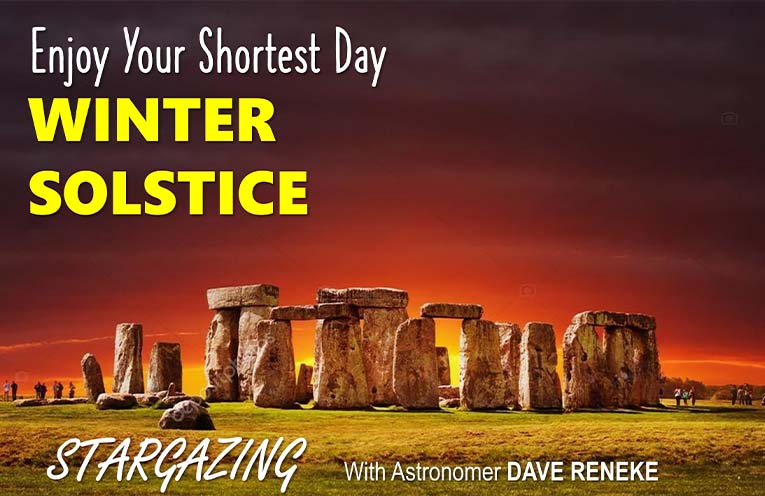
HAVE you ever wondered why summer days last forever (well, almost!), and winter nights feel like they never end?
It all boils down to two amazing celestial events: equinoxes and solstices!
These are like nature’s cosmic calendar flips, marking the shift between seasons in Australia, down under where things are a bit opposite compared to the northern hemisphere.
Imagine Earth as a giant marble tilted slightly on its axis as it spins around the sun.
An equinox means “equal night” in Latin. It happens twice a year, in March autumn equinox and September spring equinox, when the sun sits smack dab on the equator.
This makes day and night roughly the same length – pretty cool, right?
In Australia, the autumn equinox around March 20 signifies the official start of autumn.
The leaves start to show off their fiery colours, and there’s a crispness in the air, perfect for cozy nights with a cup of hot Milo.
Ancient Greeks had a myth about Persephone, the goddess of spring, who spent half the year with her grumpy mother Hades, the god of the underworld.
This period, according to the myth, corresponded to autumn and winter.
The spring equinox, around September 22, is like a cosmic “restart” button.
The days get longer, the sun shines brighter, and flowers start popping up everywhere, transforming the landscape into a colourful party.
Some cultures celebrate the spring equinox as a time of renewal and fertility.
Imagine little flower fairies flitting about, spreading their magic!
Now, let’s talk solstices, which means “sun-standing” in Latin, because the sun’s position in the sky seems to “stand still” for a bit.
These mark the longest and shortest days of the year.
Buckle up, because things get interesting!
The winter solstice, around June 21, is the champion of short days and long nights in Australia.
Think of it as the sun taking a little snooze – it rises late and sets early, leaving you with less daylight to play outdoors.
But hey, that just means more time for snuggling under the blankets with a good book and a mug of hot chocolate!
Did you know some cultures celebrate winter solstice with festivals of light, symbolising the eventual return of the sun?
Think fire and dazzling lights chasing away the darkness.
On the other side of the coin, the summer solstice, around December 21, is the king of long days and short nights for us.
The sun stretches out its rays for the longest stretch of the year, giving you plenty of time for beach adventures, barbecues with mates, and soaking up the sunshine.
Some cultures celebrate summer solstice with joyous festivals, welcoming the warmth and abundance of the season.
What about equinoxes and solstices on other planets?
Every planet in the solar system, apart from Mercury, is tilted on its axis of rotation.
This means each planet has its own equinoxes and solstices.
Lay that fact on someone – they’ll think you’re cool!
Solstice celebrations can get weird!
In Finland, some chase away evil spirits with saunas and bonfires.
In England, some celebrate the solstice by waiting for sunrise at Stonehenge, a prehistoric monument.
The celebration can involve singing, dancing, and even kissing the stones!
In parts of Europe, during the winter solstice, a giant log is chosen, decorated, and then set on fire.
People might even race the burning log down a hill!
In Norway, some believe trolls come out during the winter solstice.
To appease them, people might leave bowls of porridge out as offerings.
So, the next time you feel the days getting shorter or longer, remember, it’s not magic, it’s all thanks to the amazing dance between Earth and the sun, creating a rhythm of seasons that keeps our amazing continent vibrant and exciting all year round!
By Dave RENEKE, Astronomer
